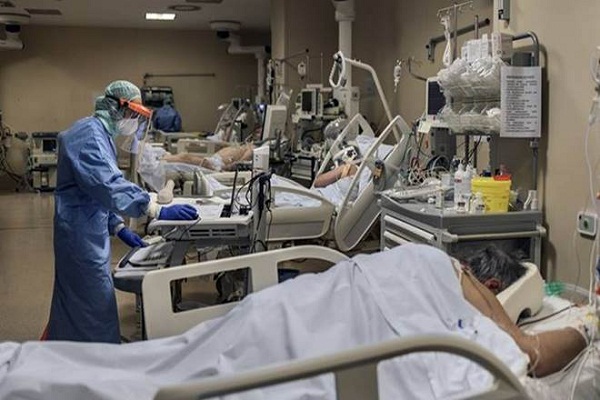
There is good news for residents of the national capital as COVID-19 positivity rate has decreased to 10. 58 from 37 percent in the previous week. At the same time, the average number of cases has also dropped by almost 1,000 over the previous week.
Positivity rate is percentage of total positive cases out of the total tested for the coronavirus.

The national capital’s recovery rate too has risen significantly crossing 70 per cent, Deputy Chief Minister Manish Sisodia said. The national recovery rate is 60.81 per cent, a PTI report said.
According to a bulletin issued by the Health Department, 2,505 fresh cases were recorded taking the tally to 97,200 on Saturday. With 55 fresh fatalities, the death count now stands at 3,004.
The active cases stand at 25,940. This is for the first time since June 24 that active cases have dropped in the range of 25,000, the report said.

Also read: Delhi surpasses Mumbai to become worst-hit COVID city; total tally crosses 70,000
“Due to the efforts of Delhi’s 2 crore people, the hard work has paid off. Congratulations to all corona warriors for taking the recovery rate of Delhi to over 70 per cent. We all need to work hard to defeat corona,” Chief Minister Arvind Kejriwal tweeted.
For the seventh consecutive day, Delhi has recorded fresh cases in the range of 2,000.
On June 23, the national capital had reported the highest single-day spike of 3,947 cases. The city continued to see over 3,000 fresh cases per day till June 26, when it reported 3,460 infections.
From June 27 to July 4, the average fresh cases per day stands at about 2,495 compared to 3,446 cases per day the week before.
If the trend continues, experts have claimed that the city may go past the COVID-19 peak in early August.
However, they have warned that if social distancing and hygiene norms prescribed by authorities are not adhered to by the people, there could be a surge again.
AIIMS Director Randeep Guleria was quoted as saying, “If the number of cases in Delhi continues to be static or decreases over the next few weeks, and the decline is at a sustained pace, then we can say that we may pass the peak in August.”
“But that can only happen if people continue to maintain social distancing and take prescribed precautions and there is a strict implementation of containment measures even as lockdown measures are eased.”
“In some cities there was a decline in trend, but once the lockdown was lifted people did not follow the dos and don’ts and this led to a surge in cases. So, there is no space for complacency. A lapse on someone’s part somewhere…could lead to a spike,” Dr Guleria said.
Be a part of Elets Collaborative Initiatives. Join Us for Upcoming Events and explore business opportunities. Like us on Facebook , connect with us on LinkedIn and follow us on Twitter , Instagram.












